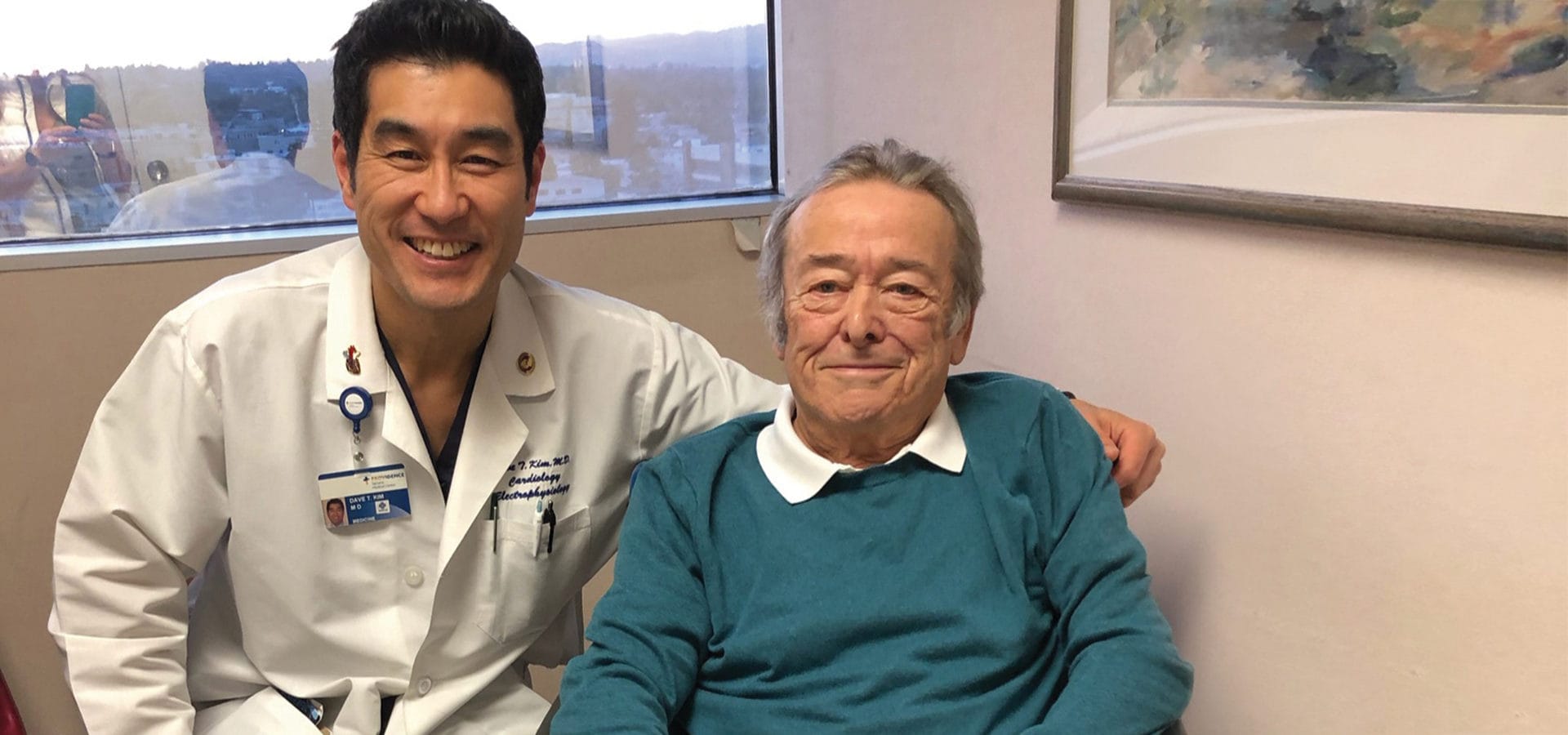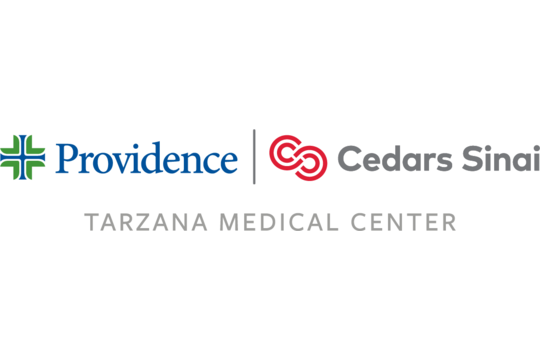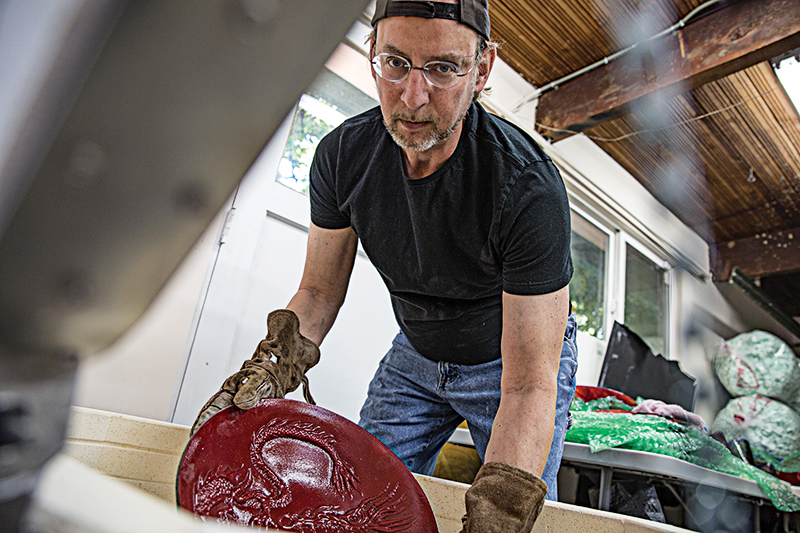
Don’t Miss a Beat
A New Year’s resolution to focus on heart health
 We’ve all had that feeling—when your heart skips a beat and starts suddenly pounding or fluttering. While such palpitations are often harmless, in some cases they can be a sign of a serious arrhythmia, or irregular heartbeat. February is American Heart Month, so don’t miss a beat when it comes to your heart health this new year.
We’ve all had that feeling—when your heart skips a beat and starts suddenly pounding or fluttering. While such palpitations are often harmless, in some cases they can be a sign of a serious arrhythmia, or irregular heartbeat. February is American Heart Month, so don’t miss a beat when it comes to your heart health this new year.
“Atrial fibrillation (AF) is the most common heart rhythm disorder, which increases in prevalence with age,” shares Dave Kim, MD, medical director of cardiac rhythm management at Providence Cedars-Sinai Tarzana Medical Center. Dr. Kim specializes in treatment of cardiac arrhythmias using device-based therapies and catheter ablation. He also offers leadless pacemaker and subcutaneous ICD implants.
A major risk factor for heart failure, stroke, dementia and mortality, AF affects more than 6 million people in the U.S. and is expected to increase to 12 million by 2030, according to the CDC. While it may cause symptoms of chest fluttering, shortness of breath, fatigue, lightheadedness or diminished exercise tolerance, it sometimes shows no symptoms at all. Risk factors for developing AF are older age, hypertension, coronary heart disease, valvular heart disease, heart failure, cardiomyopathy, diabetes mellitus, obesity, sleep apnea, excessive thyroid hormone levels, excessive alcohol, drugs and family history of AF.
“If your palpitations become more frequent or last more than several minutes, speak with your doctor for further evaluation,” Dr. Kim advises. Your doctor may recommend an electrophysiology (EP) study—tests that help doctors understand the nature of arrhythmias. During an EP study, a doctor inserts a catheter into a blood vessel that leads to your heart and records electrical signals to identify the source of the abnormal rhythm so it can be targeted and abolished.
The EP lab at Tarzana Medical Center, part of the comprehensive heart and vascular program, is equipped with the latest mapping systems and catheters (specialized wired tubes) to help electrophysiologists diagnose and treat abnormal rhythms effectively and safely.
“Prioritizing patient safety and quality of care, we embrace advances in EP technology that drive forward our commitment to improving the health of those we serve,” says Dr. Kim, who has worked with Cedars-Sinai Medical Center since serving his internship and residency there following his graduation from medical school at the University of Southern California in 1995. He was chief medical resident and then completed fellowships in cardiology and clinical cardiac electrophysiology, all at Cedars-Sinai.
“Prioritizing patient safety and quality of care, we embrace advances in EP technology that drive forward our commitment to improving the health of those we serve.”
In 2019 Providence Cedars-Sinai Tarzana Medical Center was one of the first local hospitals to provide Medtronic’s MicraTM Transcatheter Pacing System—the world’s smallest, leadless pacemaker. Typically used to treat a slow heartbeat, which may be associated with AF, the device is about the size of a vitamin pill and has fewer post-implant activity restrictions and less potential for hardware-related complications than standard pacemakers.
While traditional pacemakers are generally considered to be safe, the pacing leads/wires make for a more invasive implantation. The Micra pacemaker is inserted directly into the heart through a vein via a catheter, eliminating the need for wires to be left in the veins or to create a pocket under the skin on the chest for the pacemaker. Patients are able to get back to their daily routines more quickly.
While pacemakers do not directly treat AF, one effective procedure for symptomatic AF is catheter ablation, a minimally invasive procedure done under sedation in the hospital. Catheters are advanced from the femoral veins near the groin to your heart to “burn” (radiofrequency ablation) or “freeze” (cryoablation) areas in your heart chambers to contain or eliminate triggers causing AF.
While there is a slight risk of complications associated with ablation, as there is risk with any procedure, the outcomes are more often favorable. A majority of patients who have undergone the procedure cite an improved quality of life, with reduced symptom frequency and severity after ablation.
Though your heart health should be a priority year-round, the jolt of a new year often inspires a fresh start and renewed commitment to resolutions. If you feel you’re “missing a beat,” see your physician right away. Know your risk and take control of your health.
To schedule an appointment or learn more about Providence Cedars-Sinai Tarzana’s EP program, call 747-254-3218.












